Every day worldwide, over 10 million shoppers engage in the journey of discovering a trendy look, both on e-commerce websites and in walk-in stores. In many cases, you’ll find these shoppers often leaving with unexpected additions to their shopping bags.
While the specific number is a playful exaggeration, the reality persists that individuals globally make purchases for various reasons within the omnichannel fashion retail industry.
From fulfilling essential needs to indulging in wish-list items, customers find themselves making unplanned purchases. Most customers have been in those shoes before. We know it takes every bone in your body to convince yourself to stick to your budget, especially if you’re a fashionista.
As a marketer, what if you found a way to leverage this shopping culture and drive repeated purchases through a phygital approach?
The answer to this is Personalized Product Recommendations.
Data from walk-ins can be used for campaigns, and you can present customers with suggestions tailored to their past behaviors and preferences.
Let’s talk about tips to help you use personalized recommendations as a strategy to drive more sales for your retail business.
What you need to know about these personalized recommendations
One major thing to note about these recommendations is that they are hyper-personalized and targeted. Not solely relying on historical user data or general preferences, you can factor in real-time information such as:
- User Behavior:These include the current and recent actions of the customer, including browsing patterns, interactions, and purchase history.
- Timing:Recommendations are adjusted based on the timing of the user’s interaction, considering day, time, or specific events like BFCMs.
- Environment:Refer to data about the customer’s current location, device, and other environmental factors that may influence their preferences or needs.
- User Intent:Understanding the customer’s immediate goals or intentions can help in providing more relevant suggestions.
For example, a contextual recommendation might offer products that are helpful to customers during a holiday season, taking into account the festivities.
But it goes beyond that.
Personalized product recommendations aren’t just suggestions placed in front of customers hoping they’ll buy; they help customers find something they’ll actually be excited to purchase.
It’s a win-win for both customers and brands. Shoppers enjoy a more personalized customer experience, and sellers see boosts in Average Order Values (AOV) and customer retention.
This simple approach here is key in driving repeats.

For example, DODuae.com, one of UAE’s largest online shopping stores, recovered 14.77% of its abandoned carts using WebEngage Journeys.
Here are 5 simple but high-impact tips to replicate the wins in the retail fashion industry.
1. Continue to engage with targeted post-purchase messaging
One mistake that many brands need to correct is ceasing to engage customers with targeted messaging once the purchase is made.
Personalized post-purchase engagement can leave your customers with a positive and lasting impression and keep your brand top of their minds when they need to purchase again.
You can keep customers engaged by helping them get the most out of their new purchases with relevant information or tips.
And this isn’t limited to only online stores, and physical shops can include promotional messages, discounts, or information about upcoming sales on printed receipts.
Taking Nykaa as an example:
If you buy body care products, like lotion, body wash, face wash, etc., from their website constantly, you could get a video tutorial on how to wash your face well or a clip on how to use the products you purchased.
For their physical stores, added tags can be inserted in shopping bags or packaged deliveries with details about loyalty programs or exclusive in-store promotions.
Using our Customer Data Platform (CDP), you can engage with customers through email, in-app messages, push notifications, and more.

Hnak.com, one of the leading retail companies in Saudi Arabia, partners with WebEngage and witnesses a 68% increase in open rates for their cart abandonment emails. That could be your brand, too. Read the full impact story here.
2. Trigger action in real-time

Studying unique customer behavior is important in understanding customers who are making repeat purchases and those who aren’t yet.
When it comes to product restocking, customers typically follow a fixed purchase frequency.
For example, a customer may restock their body care products every 2 months – using that information can help you trigger purchase action in real-time.
You can segment your customers based on their behaviors and send relevant reminders when it is time to restock. Our marketing automation suite also makes it easy to re-engage those who added items to their cart without checking out.
WhatsApp is an ideal platform for this.
As long as they are opt-in to receive WhatsApp messages, you could then send them a push-up notification confirming their order or a reminder to check out while excluding those who have completed checkout in the last 24 hours.
These well-timed reminders are regarded as helpful to your customers and increase their loyalty while driving the repeat purchase rate.

3. Incentivize a second purchase

Everyone loves flash sales, discounts, coupons, and promos. They can be effectively utilized to keep a first-time buyer.
Offering such perks can ultimately drive repeat purchases, but every brand must be careful about doing it too often. It could create a negative perception and impact the brand.
Using analytics, you can see real-time product analysis that will help you make better decisions.
For example, you can give a first-time buyer a 10% discount on their next order. See this as stretching a long hand of partnership with your customers.
You can also incentivize walk-ins, creating a package like a bundle deal where customers receive a discount when purchasing multiple products together.
It’ll be even better if you sell the products together as a bundle offering. You can highlight the amount they saved as an extra push for purchase.

Use retargeting to increase conversions
Every retail store has a long history of cart abandoners. You can switch that in your favor.
Cart abandoners or random potential customers who viewed your site without purchasing can be brought back through retargeting.
The good thing about retargeting is that you can reach customers using ads without logging into an account, even if they were viewing your website as a guest.
Constantly analyzing their behavior and interests gives you insights to create personalized recommendations that will ultimately increase product conversions.
This isn’t only just for online stores.
For example, a physical store owner can find ways to ease the shopping process for busy potential customers. One of them is to introduce a personal shopping service, providing creative assistance to your customers and helping them find products tailored to their preferences.
Then, use this interaction to collect data for future targeted recommendations.

Leverage transactional emails
Transactional emails are automated emails sent to recipients, usually related to account activity or a commercial transaction.
Implement a transactional email campaign triggered by customers’ purchasing habits. The goal is to create an emotional connection that encourages repeat buying.
The thing with email marketing is how versatile it can be used to reach more customers. You can create a user journey using our marketing automation suite, ensuring you’re maximizing sending the right emails to the right customers.
For example, an order confirmation for a face serum is an opportunity to recommend a moisturizer if you find out the user didn’t order one.

Let’s drive those repeated purchases
With a full-stack solution, you will understand your customers, learn how they engage with your brand, and then create personalized recommendations that will keep them coming back.
Choosing the right CDP matters, especially when attempting to convert one-time buyers into repeat customers.

At WebEngage, we spent the last 12 years helping 800+ brands with our easy-to-use campaign management platform powered by our state-of-the-art CDP and marketing automation capabilities that help you create hyper-personalized messages for conversion.
See how we can help you grow by booking a free demo now.





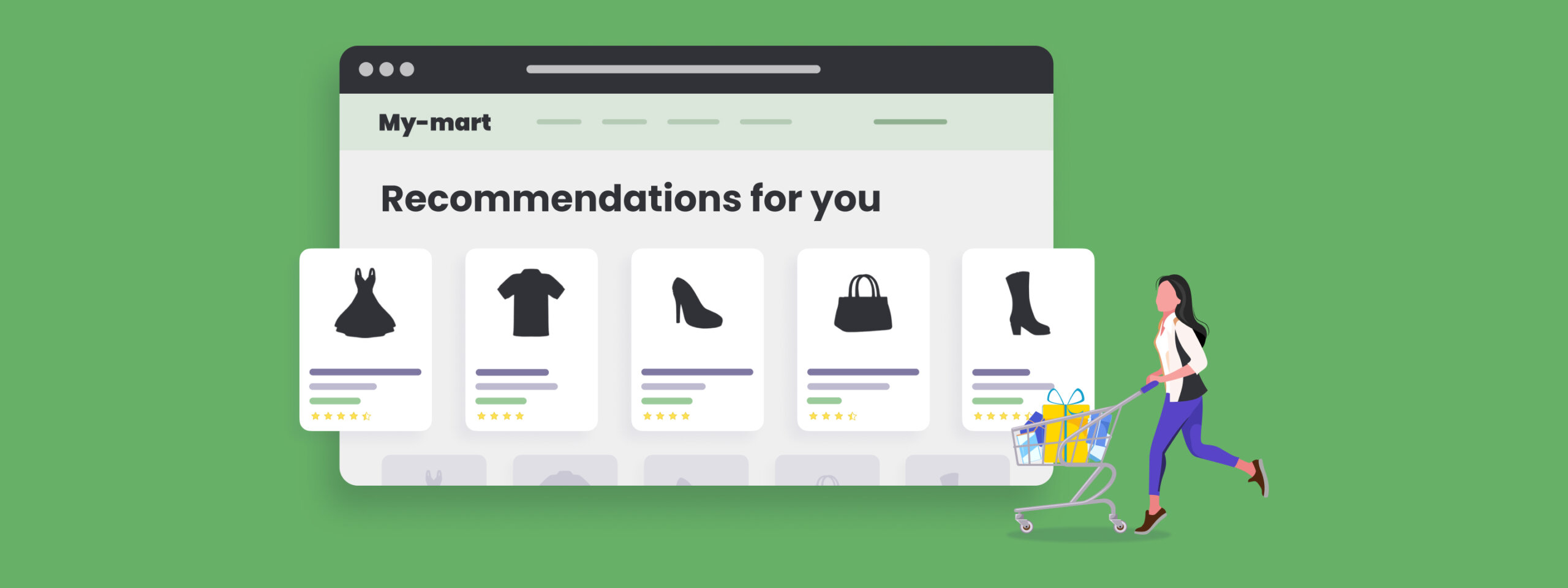

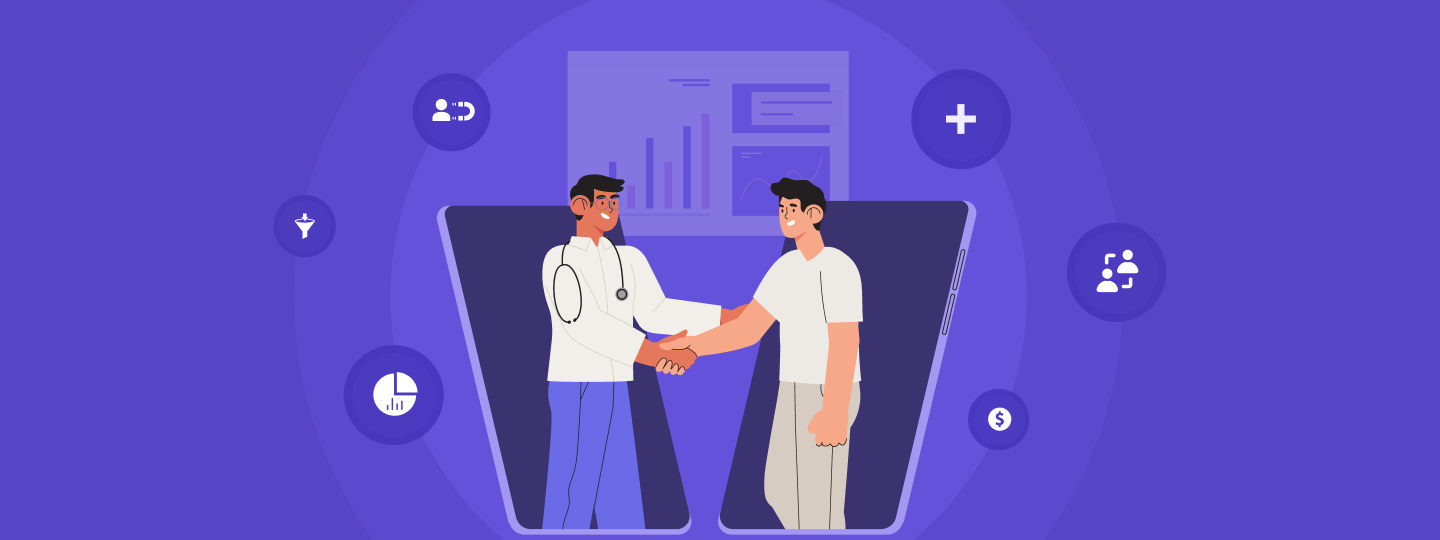
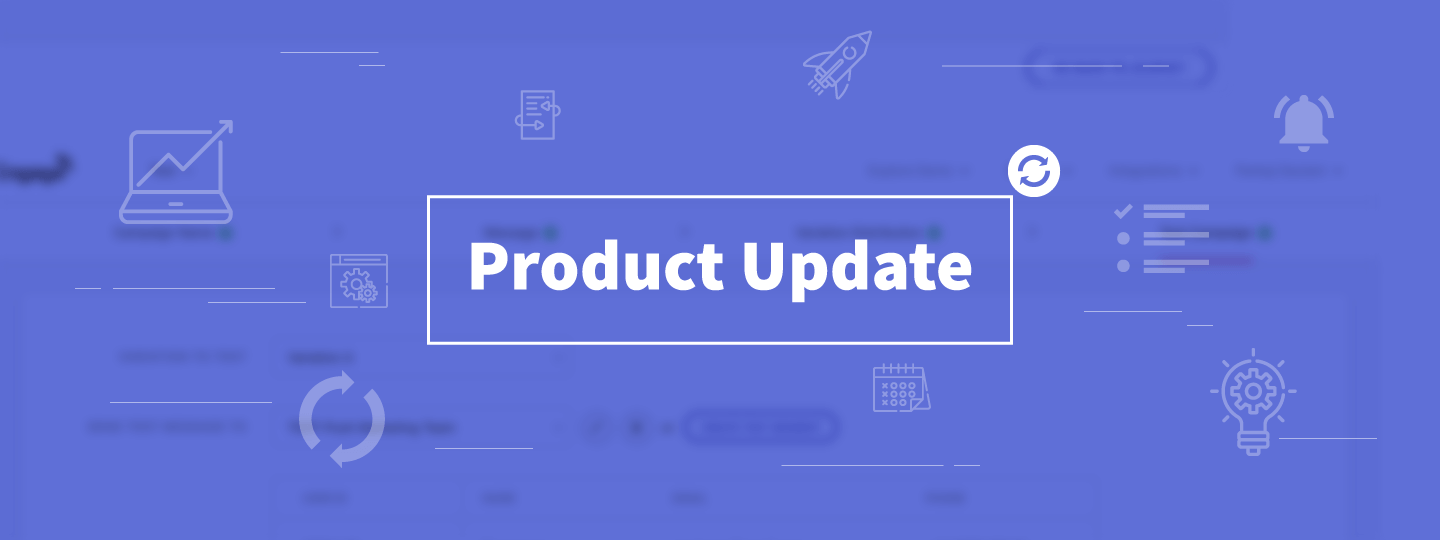
 Harshita Lal
Harshita Lal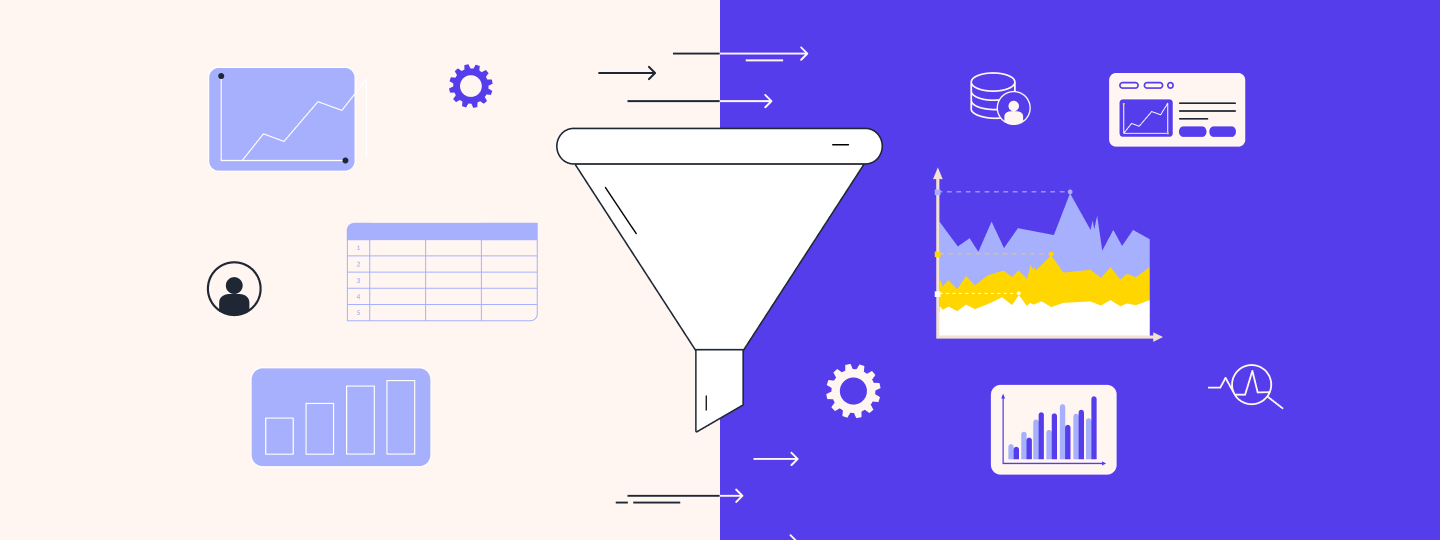
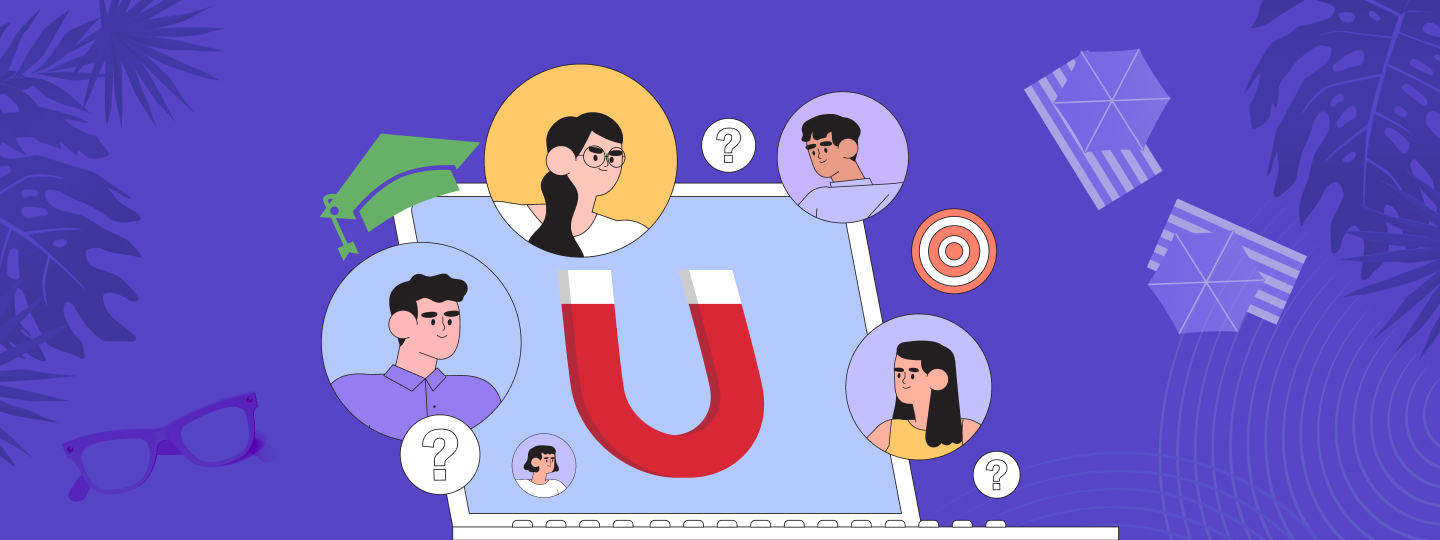
 Vanhishikha Bhargava
Vanhishikha Bhargava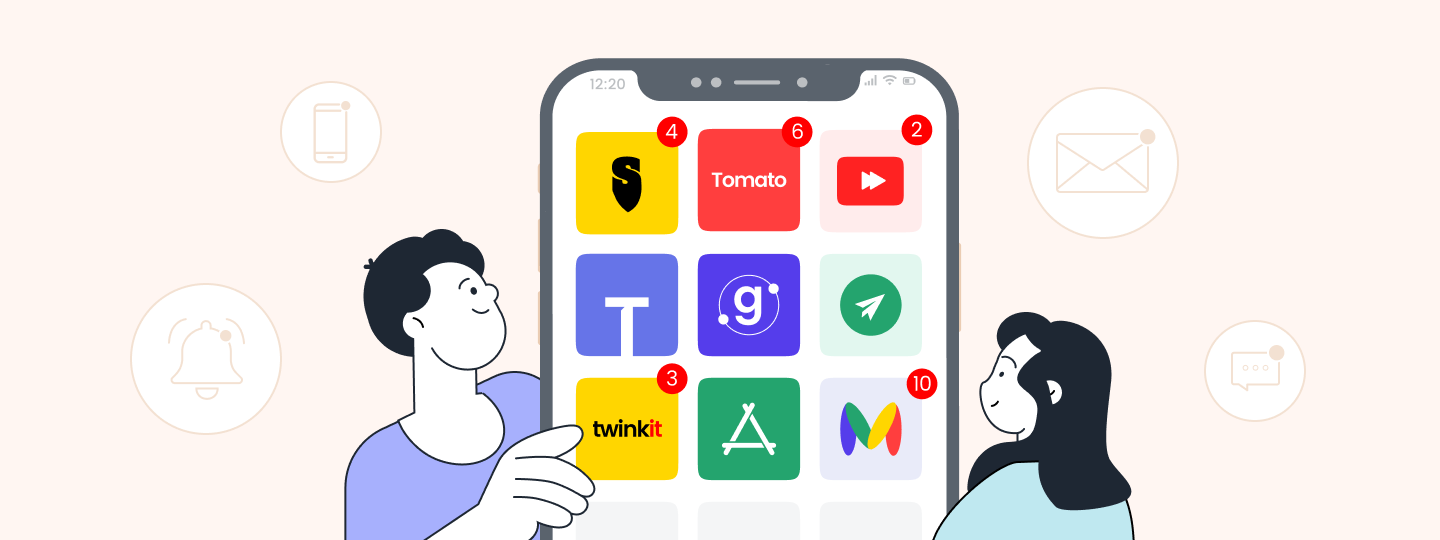
 Diksha Dwivedi
Diksha Dwivedi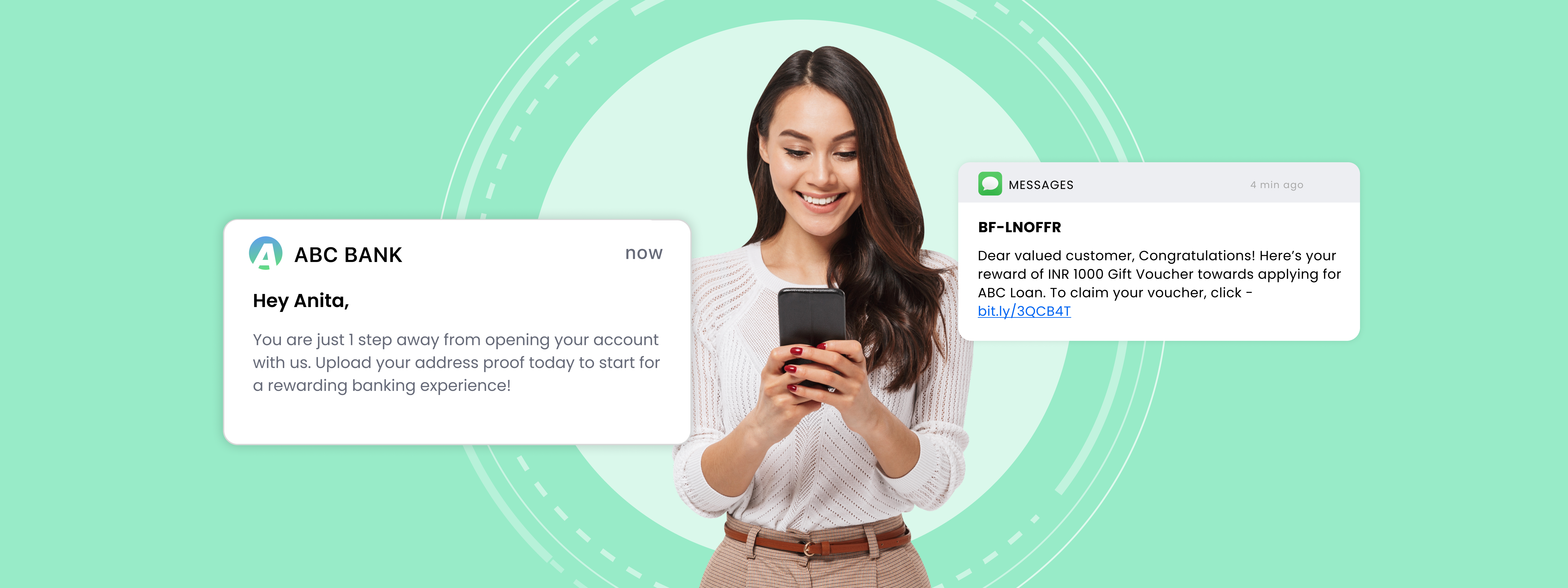
 Sharath Byloli
Sharath Byloli